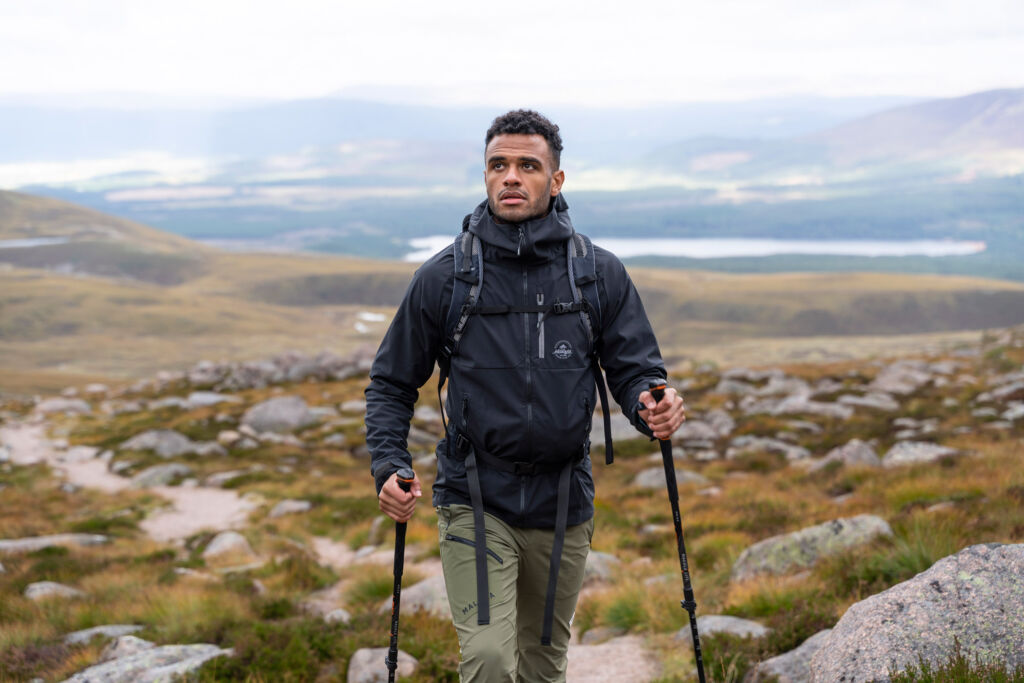
Walking is a hugely popular form of exercise and is accessible to pretty much everyone. If you want to experience even more while outdoors, it’s worth investing in hiking/walking poles. We spoke with James Moorcroft, Senior Account Manager for Ardblair Sports Importers, LEKI’s UK distributor, to get the lowdown on how walking poles can aid walking.
Luxurious Magazine: Let’s start with LEKI; how long ago and when was the company founded?
James Moorcroft: LEKI was founded in 1948 by Karl Lenhart, an avid skier who created handles and baskets from ski poles. By 1970, aluminium ski poles were added to the range. Since then, LEKI’s pole range has continually developed and today offers technical poles for walking, trail running, Nordic walking, and skiing, with the third generation of Lenhart’s at the helm.
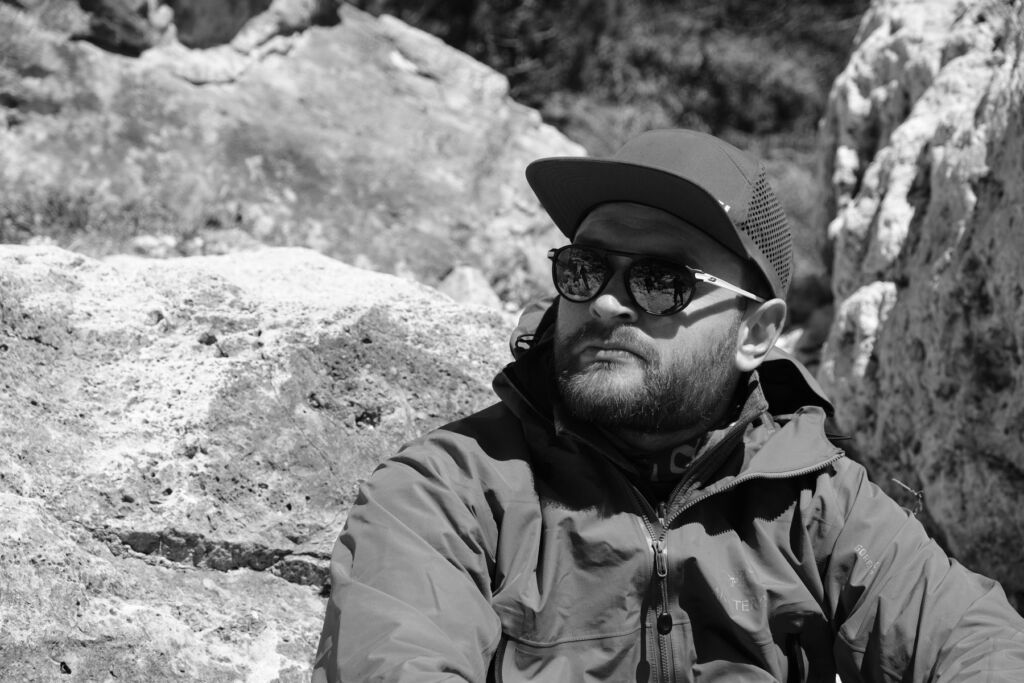
LM: What makes LEKI stand out from its competitors?
James (above): LEKI has spent a lifetime building the best products for some of the world’s most extreme sports.
This passion for innovation, quality, and design has put LEKI in the very privileged position of being the pole of choice for many of the world’s best skiers, runners, mountaineers, and others. Concentrating solely on poles and accessories for them means that LEKI can focus all its attention on making the best kit.
LM: Why is it important to use poles for hiking and walking?
James: Try thinking about your poles as trusty sidekicks on the trail – they’re like your adventure buddies, always there to lend a hand (handle, in this case).
Picture this: you’re trekking through the beautiful Yorkshire Dales, navigating rocky limestone pavement or wet grassy slopes. That’s where poles swoop in to save the day, offering stability and balance like a reliable friend steadying your steps. They’re like your own personal support system, keeping you upright and confident with every stride.
Add to this the bonus of distributing the workload through your whole body and we’re on to a winner. Instead of your poor legs bearing all the burden, poles help spread the effort, giving your arms and shoulders a chance to chip in.
Plus, have you ever noticed how using poles naturally straightens up your posture? This not only reduces fatigue but also lets you breathe easier.
Using poles for hiking and walking isn’t just ‘nice-to-have’ – it’s a game-changer. They’re like your secret weapon for conquering the great outdoors, making every adventure a little safer, a little smoother, and a whole lot more fun.
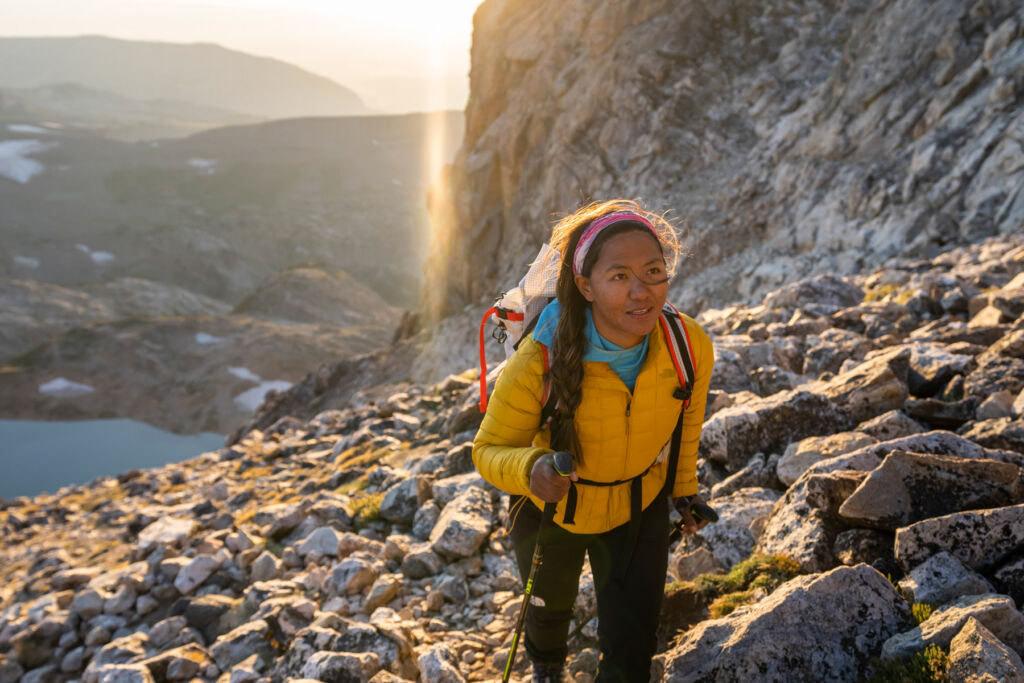
LM: From a complete novice’s point of view, what should the user look for when purchasing their pole?
James: First things first, let’s talk about adjustability. Look for poles that you can tweak to fit your height and terrain preferences. The poles need to be able to safely and securely adjust to your height. We have a hand-size guide on LEKI.co.uk that can help with this if you’re unsure.
Next up, consider the material. You’ll find poles made from aluminium or carbon fibre, each with its pros and cons. Aluminium poles are durable and budget-friendly, perfect for beginners who want something sturdy without breaking the bank. On the other hand, carbon fibre poles are super lightweight and absorb shock like a champ, which can be a game-changer if you’re planning longer treks or have sensitive joints.
Pay attention to the handles—they’ll be what you’ll be holding onto for hours on end. Look for comfortable, ergonomic grips that feel like an extension of your hand. These typically range from plastic or rubber on cheaper poles to foam and cork at the top end.
As this is your only direct point of contact with the poles, it’s probably the most important decision you’ll make. And don’t forget about the straps—they might seem like a small detail, but trust me, they make a big difference in how secure and comfortable your grip feels.
Finally, think about portability. Sure, you want poles that can handle rough terrain like a pro, but you also don’t want to lug around something that feels like you’re carrying a couple of tree trunks. You can either go for a telescopic style or a folding pole.
Folding is generally better if you’re travelling somewhere and need luggage space or if you need to put your poles inside your pack. But telescopic poles are much easier to care for, and if you damage a section, they’re much easier to fit with a replacement part.
LM: From a price point of view, why does the cost of poles vary considerably, and what pitfalls should users look out for when purchasing poles?
James: Typically, two factors affect this price. One is the materials used. Carbon Fibre and cork handles are going to up the price because they’re expensive raw materials. However, for the right use, they’re pretty invaluable. On the other hand, aluminium and plastic handles are going to save the pennies but may not always be as comfortable to use for a long day on the hill.
The other thing that might increase the price is the level of engineering. For example, your folding pole with Anit-shock tips is a lot more complicated to put together than a standard telescopic pole, and the price will generally reflect this.
When purchasing poles, you must buy the right pole for the activity. If you’re going fast and light, carbon fibre is probably going to be important. If you’re going to be out for hours at a time, then get the comfiest grips you can. Whilst price will always be a factor, getting the right kit and only having to buy once is more important. Bear in mind that a good set of poles could last a lifetime.
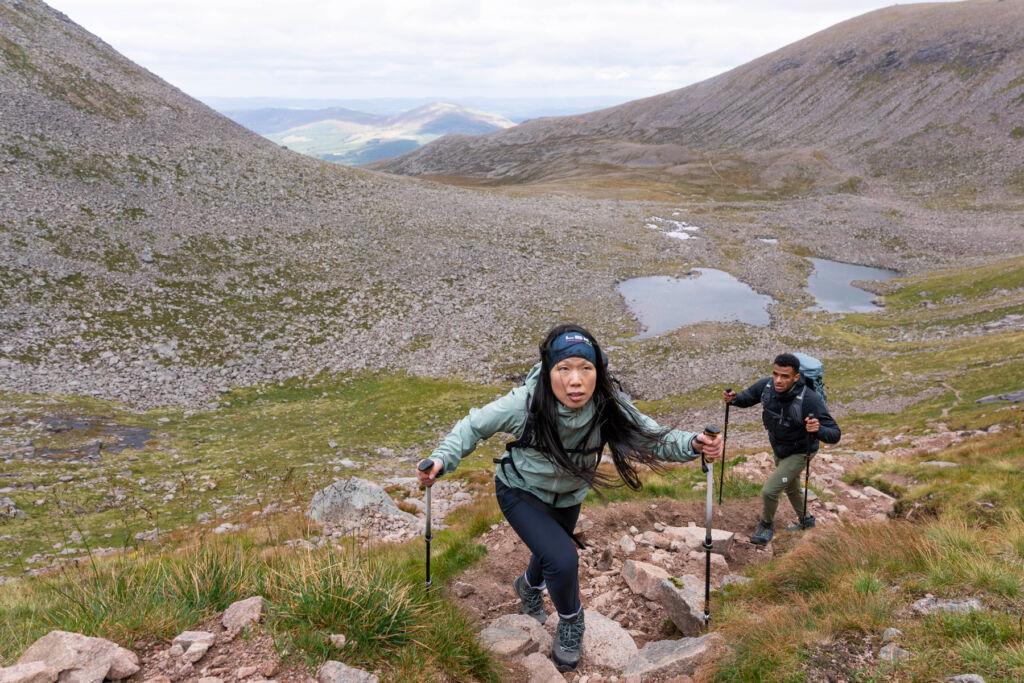
LM: Are instructions given on how to use the poles correctly and safely, or should the user get assistance through a walking guide?
James: I am a huge advocate of YouTube. You can learn everything on there, including how to use poles. There are plenty of handy guides to demonstrate how to best use your poles.
But while those videos can point you in the right direction, there’s nothing quite like hands-on experience. That’s where a walking guide comes in. Think of them as your hiking guru, there to show you the ins and outs of pole technique and give you real-time feedback on your form.
Plus, walking guides aren’t just there to teach you how to use your poles – they’re also a wealth of knowledge when it comes to navigating tricky terrain, spotting potential hazards, and even sharing insider tips on the best trails in the area. It’s like having your trailside encyclopaedia ready to answer any question you can throw their way.
LM: How long do poles last, and what is the best way to look after a pair?
James: Hiking poles, when properly cared for, can last for several years, sometimes even a decade or more.
I have done plenty of training sessions in shops where customers and staff have told me about their LEKI poles, which are 30+ years old. The longevity of poles largely depends on factors such as usage frequency, terrain ruggedness, and maintenance routine.
To ensure your poles stand the test of time, here are some essential care tips:
Regular Cleaning: After each hike, wipe down your poles with a damp cloth to remove dirt and debris. Pay attention to joints and locking mechanisms, ensuring they remain clean and functional.
Inspect and Maintain: Check your poles periodically for any signs of wear, particularly around the tips and grips. If you notice any damage or stiffness in the locking mechanisms, address it promptly. Most of your poles are repairable/replaceable, and we want to keep them out of landfills for as long as possible.
Storage: When not in use, store your poles in a cool, dry place away from direct sunlight. Consider disassembling them for storage to prevent unnecessary strain on the locking mechanisms and any corrosion forming if you’ve not wiped all the moisture off.
Leki – Where and How?
You can learn more about Leki at www.leki.co.uk.
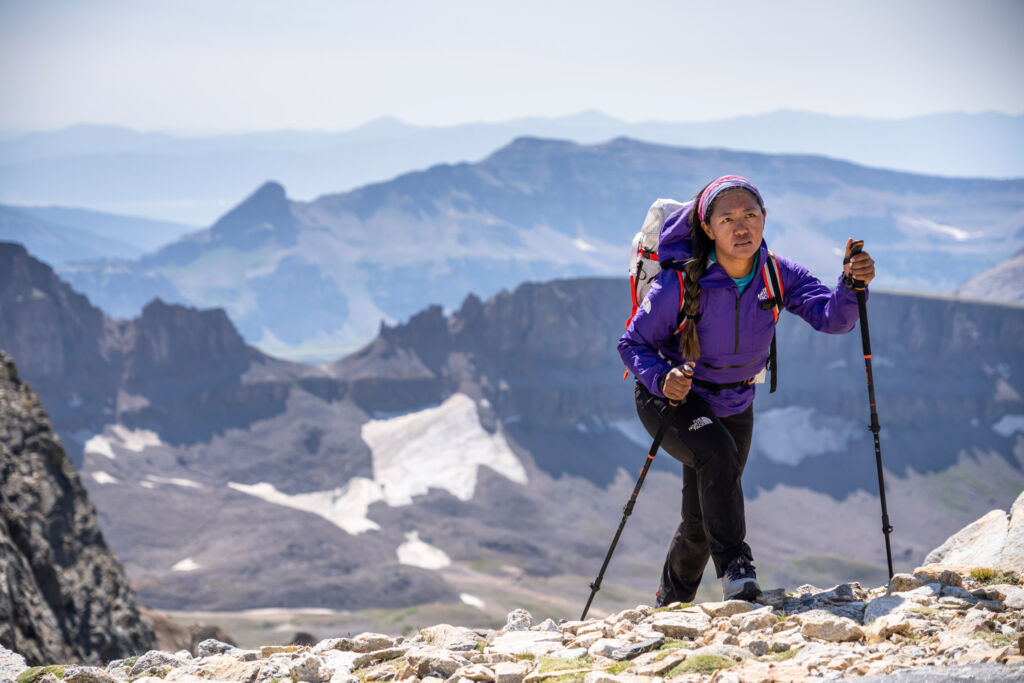
![]()




You must be logged in to post a comment.